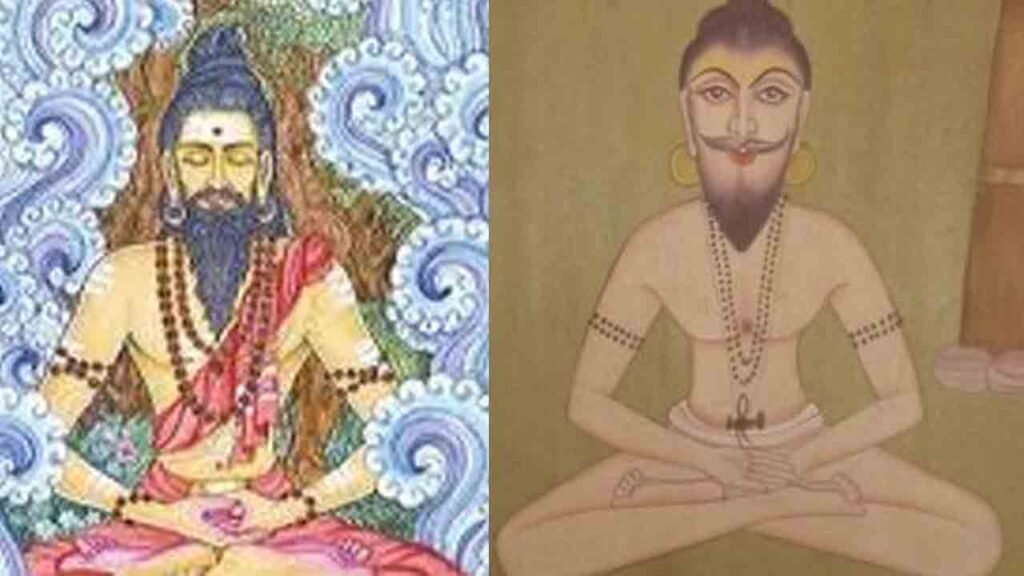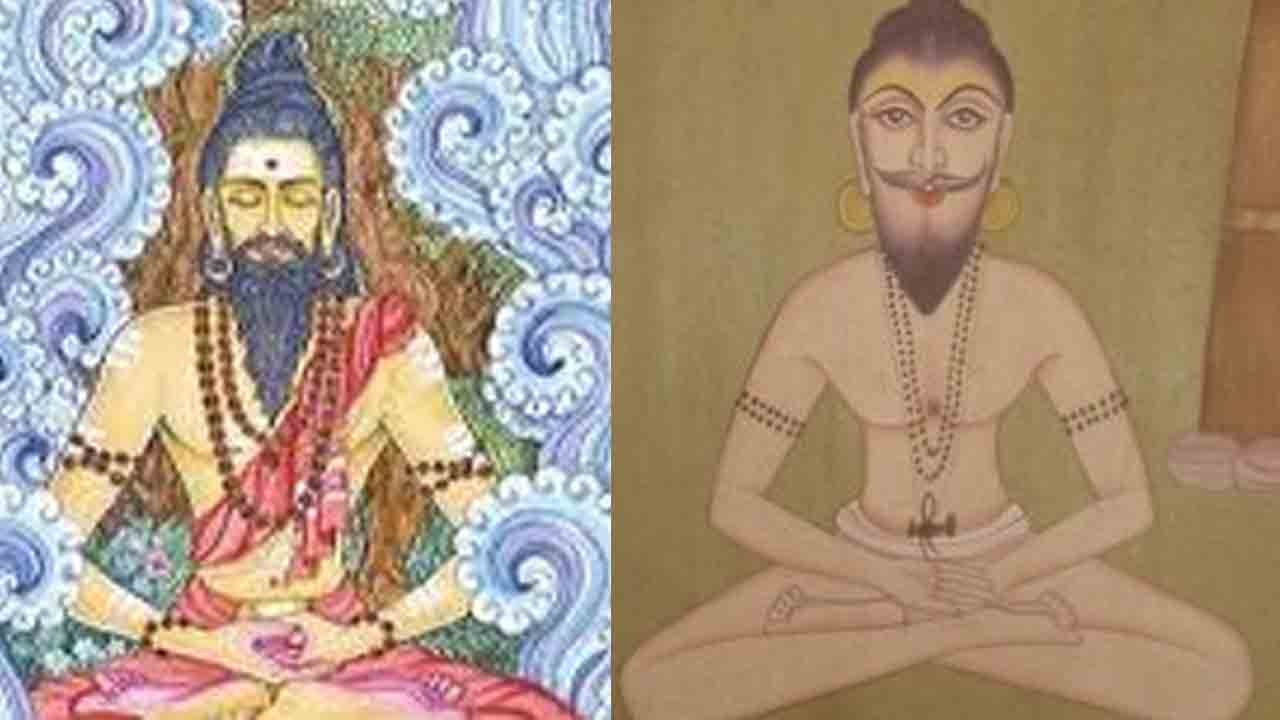Who is Yogi Svatmarama, Biography, Chittavritti, Pancha Bhuta:- Yogi Svatmarama, an esteemed Indian yoga master and author from the 15th or 16th century, is best recognized for his work “Hatha Yoga Pradipika,” a pivotal text in Hatha Yoga.

Yogi Svatmarama Bio
| Name | Yogi Svatmarama |
|---|---|
| Birth | 15th or 16th century, India |
| Occupation | Indian yogic sage, author of Hatha Yoga Pradipika |
| Notable Work | Hatha Yoga Pradipika, a seminal text on Hatha Yoga practices |
| Legacy | Considered one of the most important figures in the history of yoga; his teachings have had a lasting impact on the development and dissemination of Hatha Yoga practices worldwide |
| Biographical Information | Little is known about his life, but his name is believed to mean “one who delights in one’s Atman,” indicating the achievement of a state of bliss |
| Influence | His work has influenced countless practitioners and teachers of yoga, and his teachings continue to guide and inspire yoga practitioners and scholars today |
Chittavritti and Pancha Bhuta in Yoga
“Svatmarama explored the concept of ‘Chittavritti’ in the Hatha Yoga Pradipika, which refers to fluctuations in the mind. He emphasized calming these fluctuations to attain inner peace and clarity. Another significant idea he discussed is ‘Pancha Bhuta,’ the five elements – earth, water, fire, air, and ether – which form the basis of the physical world and human body. His teachings underscore balancing and purifying these elements through Hatha Yoga practices.”
Yoga Practices and Concepts
“The Hatha Yoga Pradipika covers various practices and concepts including asanas (postures), pranayama (breath control), mudras (gestures), bandhas (energy locks), shatkarma (cleansing techniques), and meditation leading to samadhi (higher consciousness states). Svatmarama’s teachings profoundly influenced the evolution of global yoga practices.”
Legacy and Impact
“Yogi Svatmarama’s Hatha Yoga Pradipika remains a seminal yoga text, influencing countless practitioners and scholars over centuries. His deep knowledge and ability to articulate complex yogic principles solidify his legacy as a pivotal figure in yoga history, continuing to inspire practitioners and scholars today.”
FAQs
According to yoga, what is Raga?
“Raga in yoga denotes attachment or craving, hindering true contentment and inner peace.”
Which mudra is said to destroy all diseases?
“The Prana Mudra is believed to alleviate a wide range of physical and mental ailments by balancing the body’s five elements and boosting the immune system.
Which nostril is the Ida Nadi associated with?
“The Ida Nadi is linked to the left nostril, influencing the body and mind’s cooling and feminine aspects.”
How many types of Yama are there in yoga?
“There are five Yamas: Ahimsa (non-violence), Satya (truthfulness), Asteya (non-stealing), Brahmacharya (moderation), and Aparigraha (non-possessiveness). These ethical restraints guide yogic practice.”
What is considered the ultimate Purushartha (human goal) in yoga?
“Moksha, representing liberation from the cycle of birth and death and achieving spiritual enlightenment, is the ultimate Purushartha in yoga.”
Which mudra is said to destroy all diseases of the rectum?
“The Maha Mudra, known as the Great Seal, is believed to have a potent healing effect on the rectum and digestive system.”
At which stage of Chitta (mind) does yoga begin?
“According to the Yoga Sutras of Patanjali, yoga commences at the stage of Vritti Chitta, where the mind’s fluctuations are subdued through the eight limbs of yoga practice.”
Also Read:
- Kim Gravel Husband, Qvc, Belle, Instagram, Weight Lose, Facebook, Shorts, Clothing, Pageant
- Emily Compagno Fox News, Husband, Married, Engaged, Divorce, Facebook, Net Worth, Car, Birthday
- Angie Varona Picture, Facebook, Instagram, Age, Height, Young, Husband, Pregnant, Passport, Birthday, Tiktok, Forum, 14, Bio

